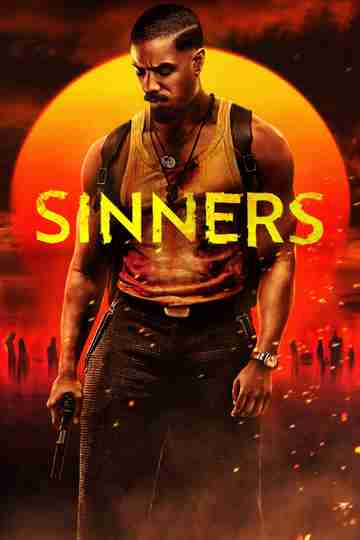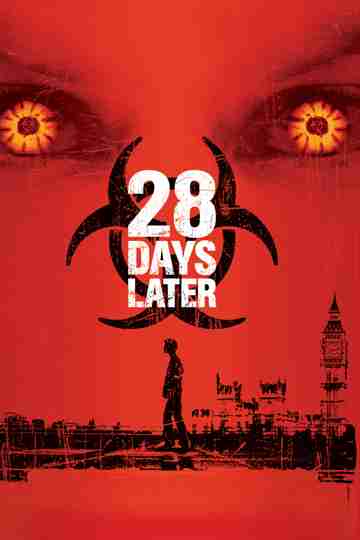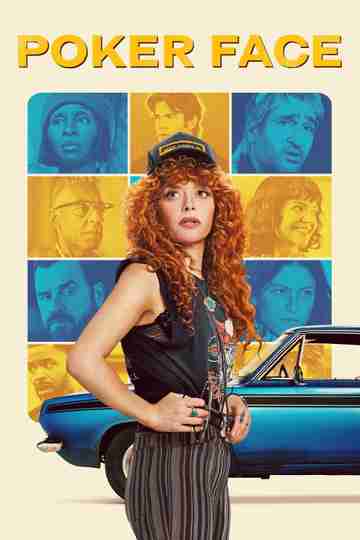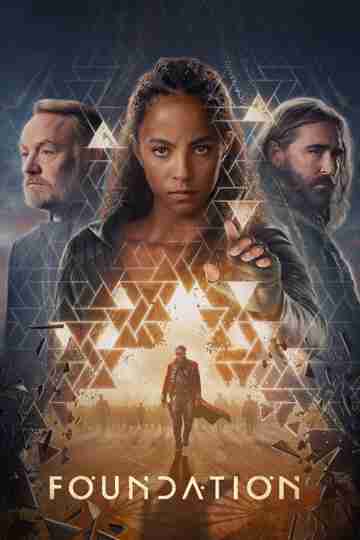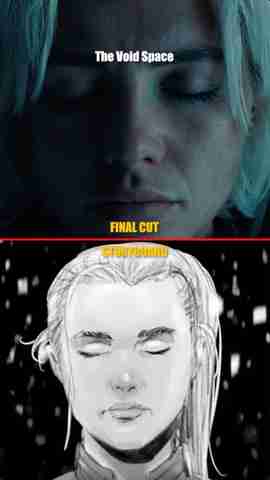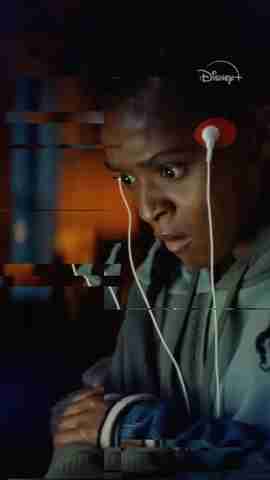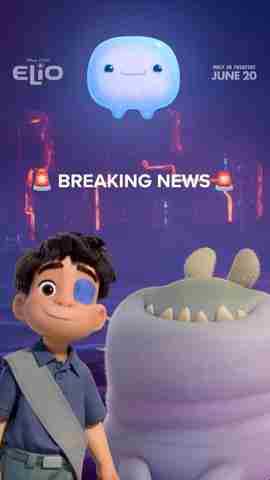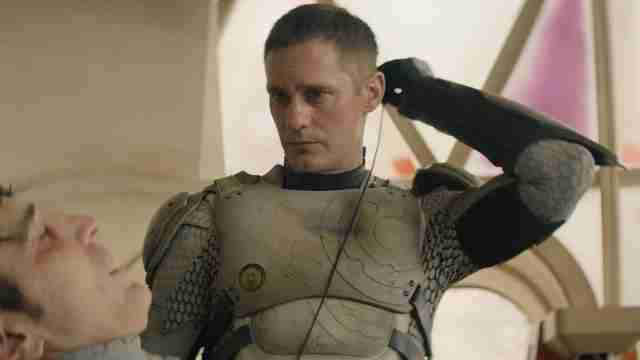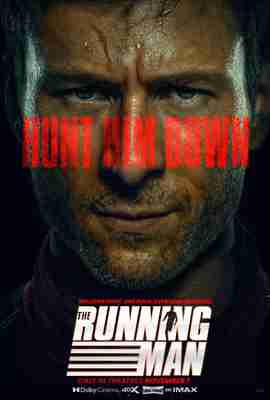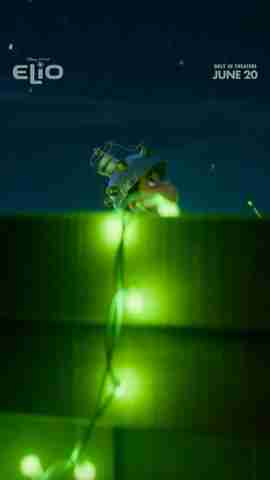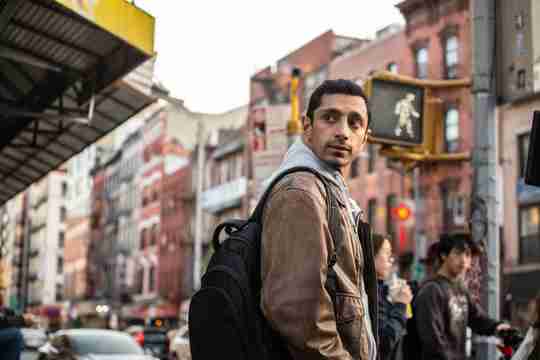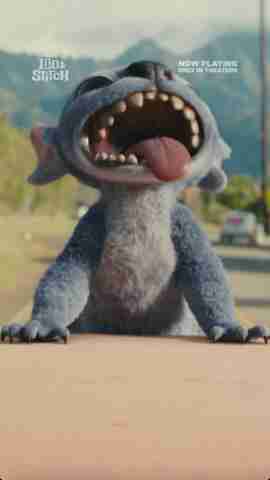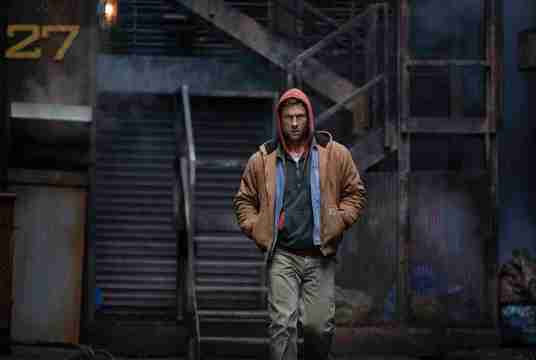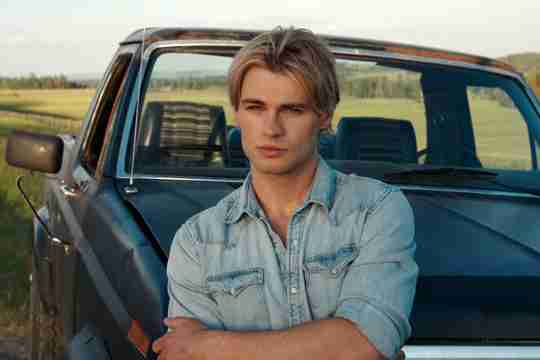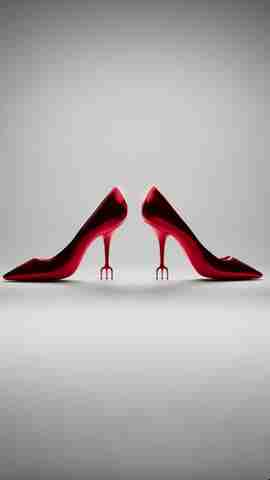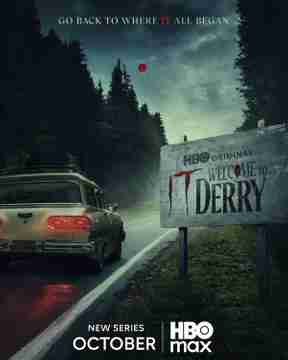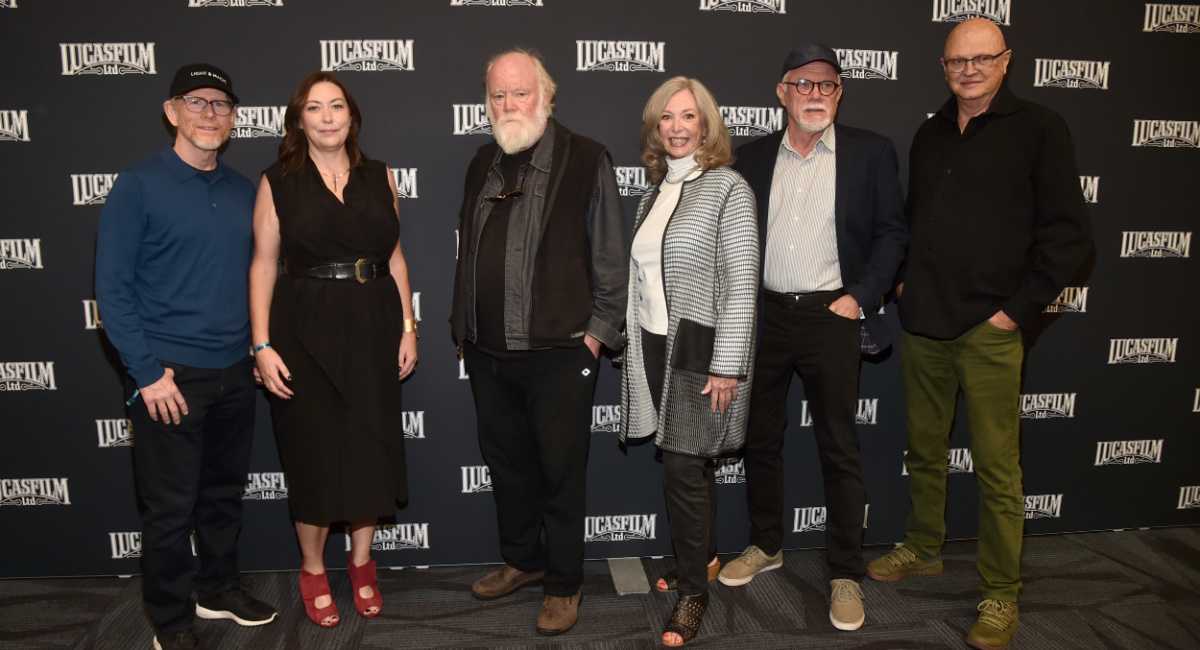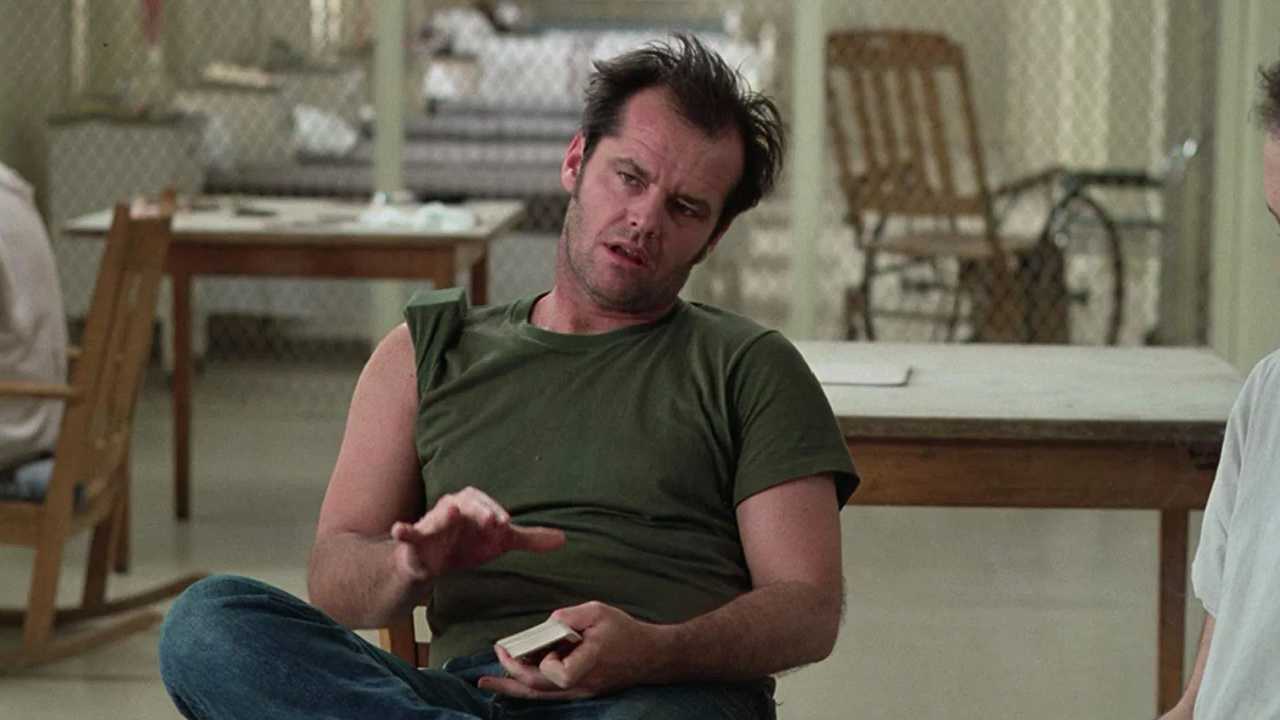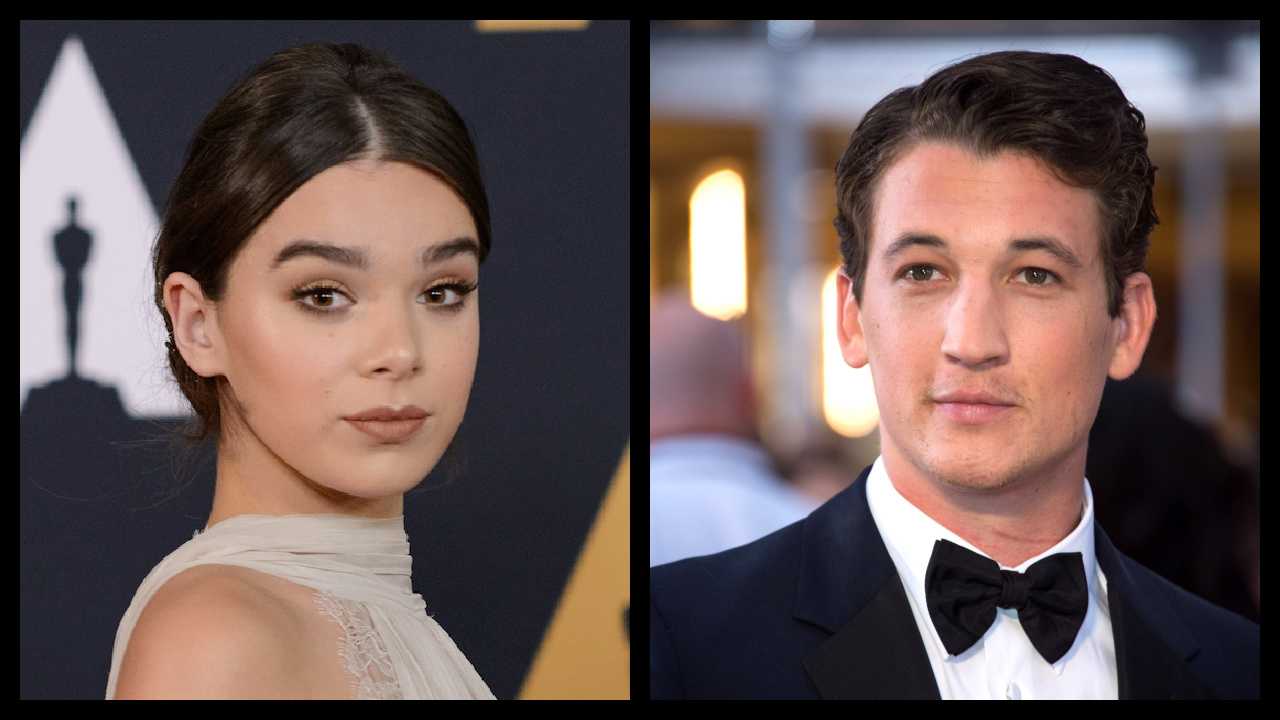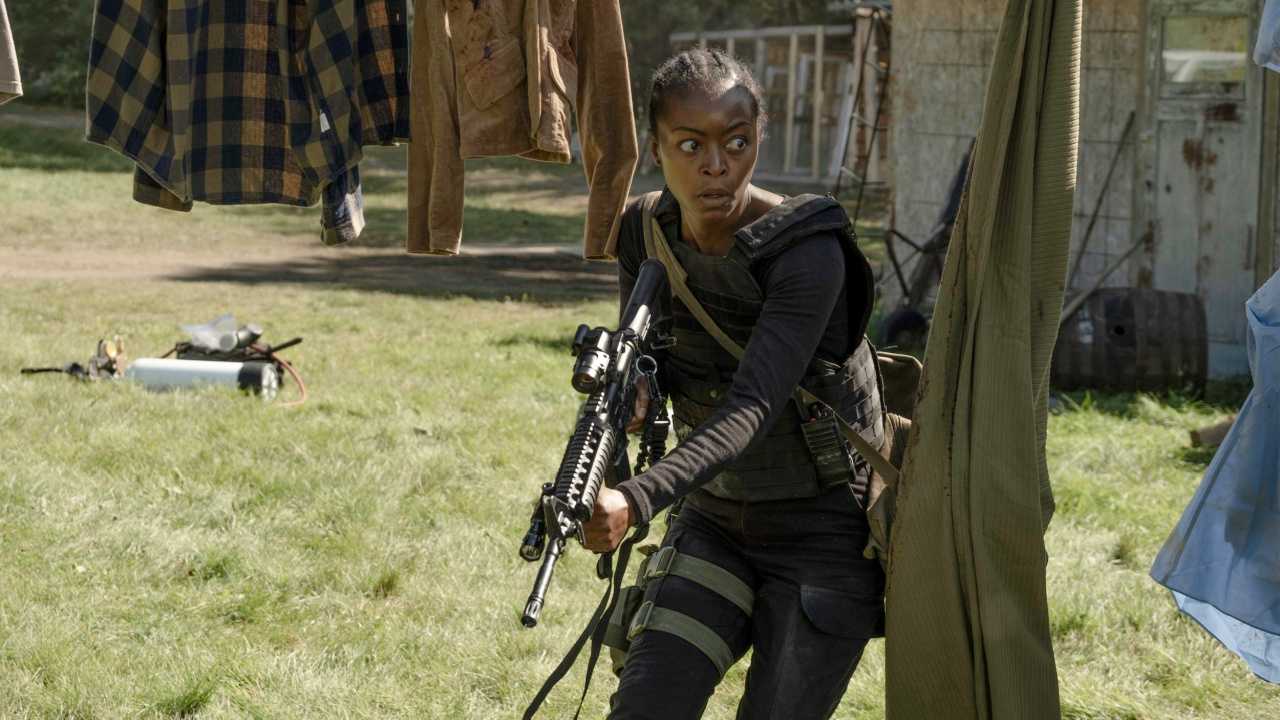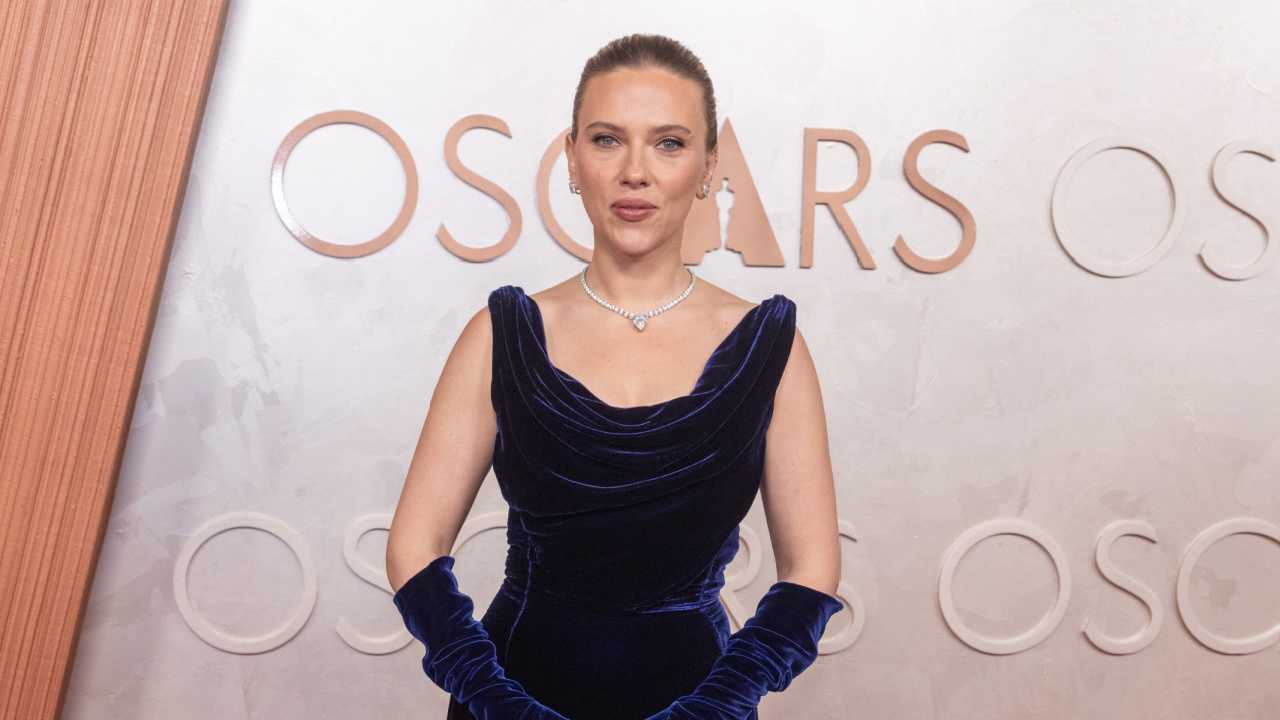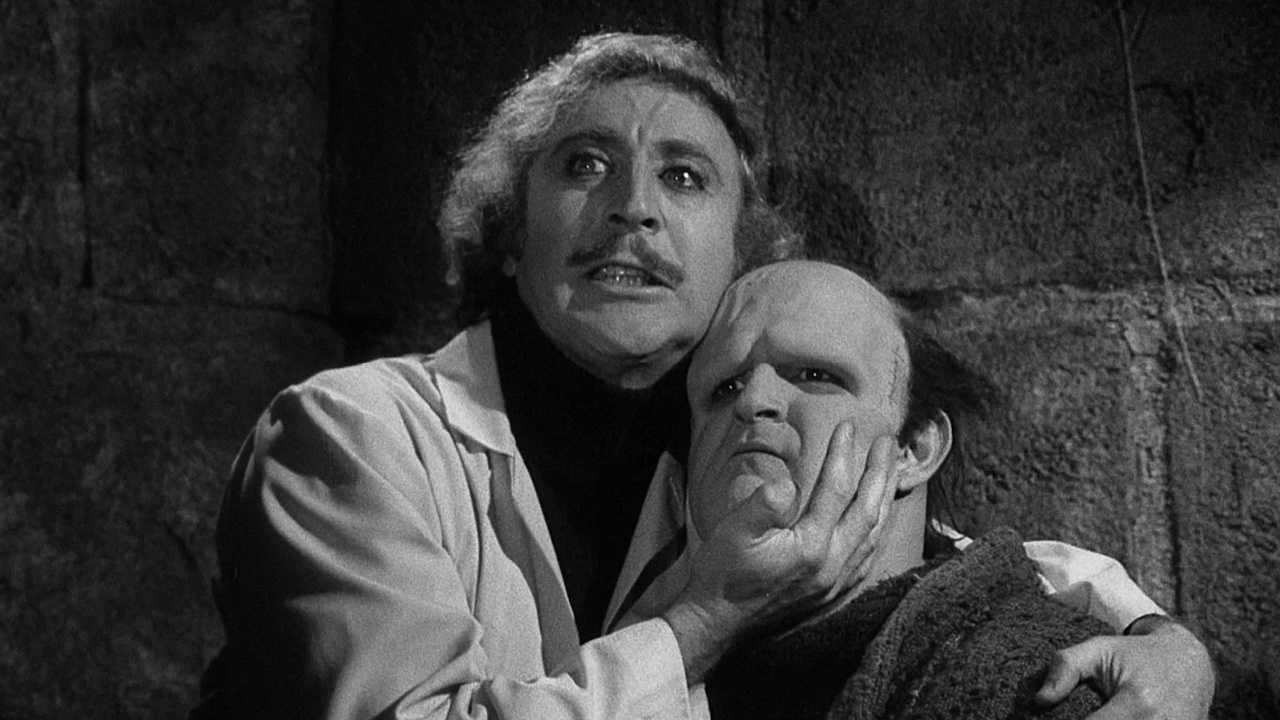'Solo: A Star Wars Story' Writers Reveal Why Making This Movie Was 'The Hardest Thing Ever'
Making a Star Wars movie, to paraphrase Tony Stark, is a "terrible privilege."
You're making something that is (so far) guaranteed to be seen by lots of people, using their wallets to turn it into a hit. And you're also under the internet's microscope, with 30 million strangers looking over your shoulder as you're making decisions in real-time while chasing a release date.
The scrutiny on "Solo: A Star Wars Story" was even more intense, as fans everywhere gasped like the citizens of Alderaan (RIP) when word came that the film's original directors -- Phil Lord and Chris Miller -- were fired and replaced by Ron Howard. And it all went down while the film was in production, requiring Howard to reshoot and shoot about 70 percent of the movie. But outside the cast, the film's two constants were writers Jonathan and Lawrence Kasdan.
Co-writers and father and son, Lawrence has decades of Star Wars experience under his belt -- having written "Empire Strikes Back" and co-written "The Force Awakens" with JJ Abrams. The two screenwriters recently sat down with Moviefone to discuss their process of scripting this origin story, what they didn't do on this film that Larry did on "Force Awakens," and why this process -- at times -- was just "the hardest thing ever."
MOVIEFONE: I just wanted to ask some writing process questions. Larry, I know you said that you and JJ, for "The Force Awakens," would walk around Santa Monica and talk out the story --
Lawrence Kasdan: Yes, yes. [Jonathan], he laid on the couch...
Jonathan Kasdan: We both took turns laying on the couch.
Lawrence Kasdan: At my house, same room where you grew up, and is now my office. We should have walked outside more. It's healthier to do it that way, how I did with JJ. But this was very intense, and we were stuck there.
Jonathan Kasdan: Here's the other advantage of walking around, which is when you're not, and you're locked in a room and there's two of you, there's always the potential for one of you to go on the Internet and say, "Oh my god, they just cast so-and-so as the Joker," and then you're off for 45 minutes.
When you guys are facing these tight deadlines on a ship this big that's constantly moving, do you feel the stress and pressure of having downtime when you're not filling up that white page?
Lawrence Kasdan: Absolutely. You have good days and bad days, and they mostly feel bad. And then the next day, sometimes, you're relieved when you look at what you did.
Jonathan Kasdan: We got into a situation with this where we were really coming up against our start date, and we were cramming to finish and I was feeling enormous pressure. We were sort of balancing it back and forth -- and I was in London and Larry was in LA -- and I was in a hotel room and Phil [Lord] and Chris [Miller] were in the production office. I was sweating. I was ordering room service and was up until four in the morning. And the thing about us working from London to LA is that, when I finished at four in the morning, he was just getting ready to get going.
So when the two of you first started, you were working together in the same room?
Jonathan Kasdan: A couple drafts, yeah, in the room together. And then it became, by necessity, I had to be there a lot. And he was here some, and then he was there a lot, too. We sort of did it everywhere
In terms of working with former directors Lord and Miller, at what point did you guys feel that they were veering away from the version of the story you wanted to tell?
Jonathan Kasdan: Oh, they never were. I think that's an inaccurate representation of what happened. I think we all agreed on what the script was. I think in the process of making the movie, the production ran up against problems. It ran up against slowness that was happening. It was no one's fault, but because there was the lack of cohesion happening between all the parties that needed to be cohesive in that situation.
You know, with a movie like this, as Larry has said very eloquently, it's a big movie. You're usually wrangling 200 or 300 people, and on this -- it's a thousand. The scale of that is overwhelming. And to push it through, particularly when you're on a deadline of Memorial Day of this year, it became impossible. It was the hardest thing ever.
Lawrence Kasdan: Part of what Ron [Howard] brings so fully -- there's always pressure. There can be pressure on a $5 million movie. But you're making judgments you're going to have to live with for a long time. Ron has an amazing skillset -- and an enormous humanity and grace and agility. You can't do better than that.
Jonathan Kasdan: Larry and I are both directors. We've both directed multiple movies. I don't feel like either of us could have stepped into the situation the way Ron did.
In terms of getting this thing off blocks and on to set, was there a moment where you were writing the script, where you were like, "Man, I don't know about this one," but then when you saw it being shot -- or the final product -- you were like, "What the hell were we worried about?"
Jonathan Kasdan: Well, there were things that were tricky.
Lawrence Kasdan: The everyday problems of making movies.
Jonathan Kasdan: And what you can never underestimate is what actors bring to it. And one thing you can never underestimate is how little you actually end up needing [in order] for an actor to communicate a big idea. One of the great things about working with someone like Larry -- is that he has an instinct for the economy of writing and what you can get away with and how little you can get away with. That is one of the great lessons of working with him. "This scene doesn't really start till here. Let's really start it there."
Getting in as late as possible.
Jonathan Kasdan: "And let's get out." And how do we build the moments that we really want and feature them as beautifully as we can and cut away all the fat?And that has to be extra challenging because of a character as iconic as Han Solo. I'm just wondering, how do you try to humanize this hero without also demystifying him?
Jonathan Kasdan: That's such an eloquent way to put it --
Lawrence Kasdan: There's a perfect role model which we used, which is the Cantina scene in "A New Hope." It's the absolute model of economy and simplicity and parity. Not only is Han introduced, his relationship with Chewie is introduced. We get to learn something new about Ben Kenobi and about Luke. And it's all done in no time, and before the whole thing's over, he's actually shot first and killed Greedo. The whole length of the scene is two minutes and thirty seconds or something. Maybe. That is what you're after.
Jonathan Kasdan: It is. Just in all writing, in any movie. And in this movie, particularly where our intent was to make a really swift crime movie. It was a great principle to work with.
In terms of making a "swift crime movie," you guys have a lot of strong set pieces. I can't remember a Star Wars movie that felt so action-packed.
Jonathan Kasdan: Great, because we didn't think about that at all. We kept saying, "Oh, we're doing the characters we definitely want. Is there enough action?". Because one of the things you really feel, and I think is exciting to me about this movie, is that it's the first one that doesn't climax in a giant space battle.
Which I appreciated. I loved that it was just three people in a room talking. In between a knife and sword fight.
Jonathan Kasdan: Yes, it was very liberating, you know? And I hope that filmmakers will find that liberating, too, because they'll be able to say, "Okay, we can tell stories in this galaxy" that way, too.
MOVIEFONE: The scene everyone seemed to love the most at the screening was the train heist. Can you guys walk me through your process of locking in on that sequence?
Jonathan Kasdan: So, that process was lengthy, but here's the anecdote that's maybe worthy of repeating. I was on the treadmill, actually. Running. It was at the beginning of this process and I was listening to the artist Shooter Jennings -- who I'm a big fan of, and whose dad is also a legend. And he had a song come on called "Slow Train."
And I got a very vivid image in my head where I'd love to see Han be in a situation where he jumped onto the roof of a speeding train, and he did it right behind his mentor. I ran over to Larry and I said, "I've got this image. This is what it's going to be -- he jumps onto a speeding train." And Larry said, "Okay..." and that was not the reaction I was hoping for. I was like, "You don't realize? This is the movie." And he stopped and said, "What if the train twisted and flipped and titled?" And I said, "S**t. That's it."
That sequence, the spirit of that sequence remained true from that moment to the finished movie. And the events and the order of what happens in each thing was contributed to not only by every director, but by every concept artist, every pre-vis person, every special effects editor. We had [editor] Pietro Scalia, who is genius, and Chris Rouse came in and helped us for a bit, who was a screenwriter and editor on the Bourne movies. He came in and gave us a real help in those sequences. And those sequences wouldn't be what they were without all those people.
"Solo" hits theaters May 25.



